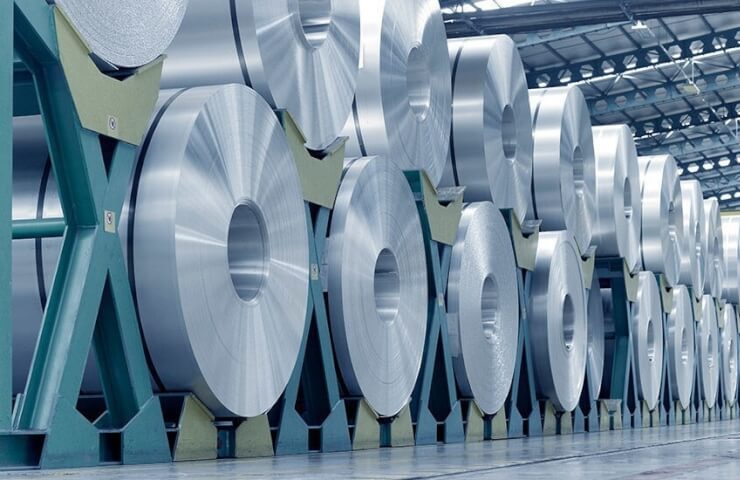The World Steel Association (worldsteel) today published its updated short-term outlook (SRO) for 2024 and 2025. Worldsteel forecasts that global steel demand will fall by a further 0.9% to 1,751 million tonnes this year. After three years of decline, the association expects to see a broad-based recovery globally, excluding China, in 2025. Global steel demand is forecast to finally rise by 1.2% in 2025 to reach 1,772 million tonnes.
Commenting on the outlook, Dr. Martin Theuringer, Managing Director of the German Steel Association and Chairman of the economic committee of worldsteel , said: “2024 was a challenging year for global steel demand as the global manufacturing sector continued to struggle with persistent headwinds such as declining household purchasing power, aggressive monetary tightening and escalating geopolitical uncertainty. Continued housing weakness, driven by tight financing conditions and high costs, has further contributed to sluggish steel demand.
Significant downward revisions have been made to the 2024 steel demand forecast for most major economies, including China. reflecting continued manufacturing weakness along with ongoing global economic headwinds. We now expect steel demand to decline markedly in China and most major developed economies in 2024. In stark contrast, India is expected to maintain its strong momentum, with robust steel demand growth forecast for both 2024 and 2025. Most other major emerging economies are expected to see a recovery in steel demand in 2024, recovering from the slowdown seen in 2022-23.
Despite ongoing challenges caused by factors such as the lingering effects of monetary tightening, credit policies, high costs, limited availability and geopolitical uncertainty, we are cautiously optimistic that global steel demand will enter a phase of broad-based moderate growth in 2025. Key factors shaping the outlook for global steel demand in 2025-26 will be progress made in stabilizing China's real estate sector, the effectiveness of interest rate adjustments to stimulate private consumption and business investment, and the trajectory of infrastructure spending aimed at decarbonization and digitalisation. transformation in the world's major economies."
The ongoing slowdown in China's real estate sector is expected to dominate steel demand in China, leading to a decline of 3.0% in 2024 and a further 1.0% % in 2025. We acknowledge the risk of upgrading our 2025 forecast. There is a growing likelihood of greater government intervention and support for the real economy, which could boost steel demand in China in 2025.
Steel demand in developing countries excluding China is forecast to grow by 3.5% in 2024 and 4.2% in 2025, driven by strong growth in India and recovery in other major emerging economies.
India has emerged as the strongest driver of steel demand growth since 2021, and this trend will continue. We maintain our robust growth forecasts for India, expecting steel demand to increase by 8.0% in 2024 and 2025. This expansion is driven by growth in all sectors of steel consumption, especially continued strong growth in infrastructure investment.
Steel demand in other emerging economies around the world, such as the Middle East and North Africa and ASEAN regions, is expected to recover in 2024 after a significant slowdown in 2022-2023.
Steel demand in the developed world is projected to decline by 2.0% in 2024 as major steel-using economies such as the US, Japan, Korea and Germany will face significant declines. However, there is optimism for 2025, with steel demand forecast to grow by 1.9% in the developed world. This expected recovery is driven by a welcome rebound in steel demand in the EU and a modest recovery in the US and Japan.
Steel Consumption Sector Trends
Continuing weakness in global manufacturing activity. Our earlier forecast of a further recovery in global manufacturing activity in 2024 did not materialize. Instead, the sector suffered a contraction in the third quarter, at odds with the initial growth seen in the early months of the year and positive signals from leading indicators. We noted that a significant factor in the output slowdown is the continued reluctance of households and businesses to invest in durable goods. High costs, economic uncertainty and tighter financing conditions have created a wait-and-see attitude, postponing decisions.





